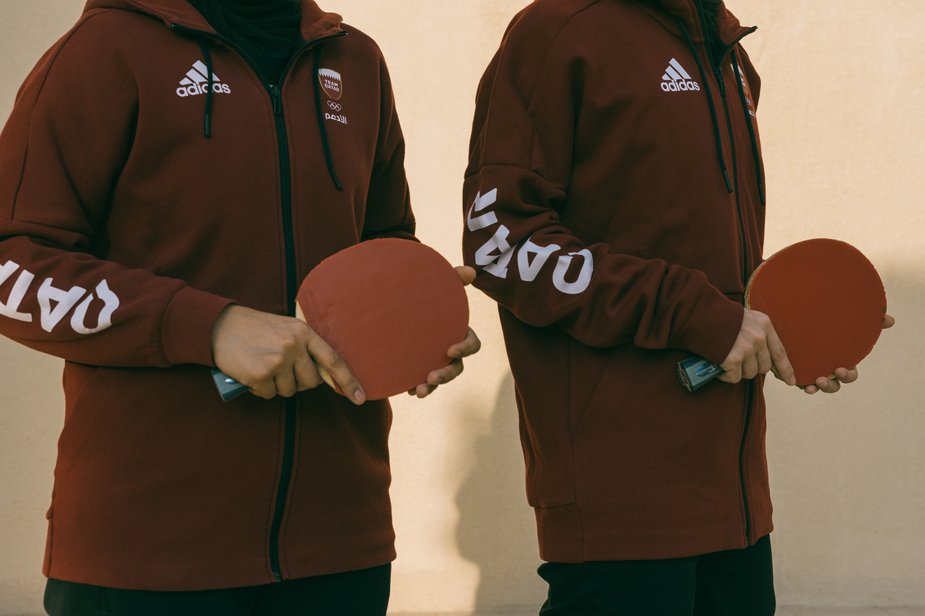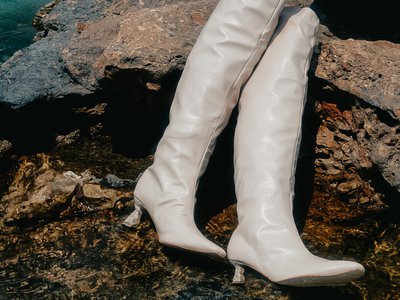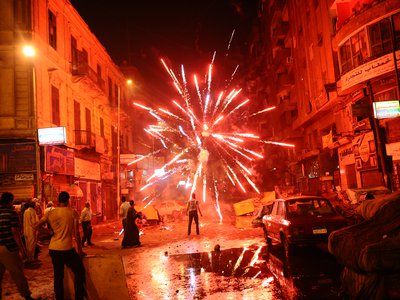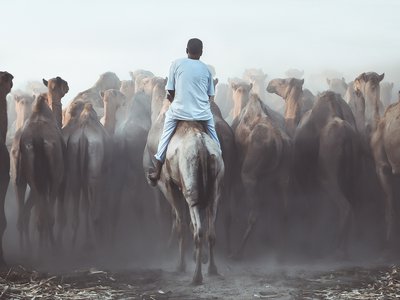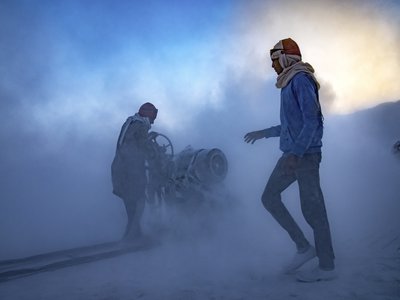Adriane Aghata:
After reading all of your experience and background, it really made so much sense the reason why you’re here. Sometimes we meet people and don’t know anything about them, but we know they’re here working on big projects. When I did the research, I understood ok, this is why she’s here, it’s not just any person. You select a person that will actually bring something extremely positive to the festival and then everything just made sense. Then I started researching everybody and it was really amazing! So I wanted to know, how do you think you can help with the festival and actually create something positive for the community that will probably outlive the both of us, and where from your own history you are drawing from?
Charlotte Cotton:
I was 26 when I became a full curator at the Victoria and Albert Museum, where I worked for 12 years. Then head of programming at The Photographers’ Gallery; head of the photography department at Los Angeles County Museum of Art. I sort of fell off a cliff in about 2012, and suddenly I’m curator-in-residence here and somewhere else, moving around really fast. The connection between curating in so-called prestigious museums and galleries, and these fast-turn practices of rethinking for an institution, all goes back to the Victoria and Albert Museum. When I first started, it was the 'beleaguered' V&A. It was too expensive, the roofs leaked, it had too many objects inaccessible in storage, etc. But it was a period for me and other young curators with great ideas – if we could make something happen with very little funding, in the most neglected spaces of the museum, nobody was going to stop us. It was wildly creative. Back in the mid 1990s we started doing late night programming, artist and creatives taking over the museum – animating public space with glorious things.
So quite innocently, that is a sort of 'guerilla tactic' curatorial practice that was genuinely responsive to what is going on in the creative world, becomes a repeated pattern in my life. Sometimes, it’s the best of things, better than anything for me, and other times, it goes badly, when an institution might look to me and say ‘oh she’s the person to bring in to shift this up, make it work, you know, bring some energy and thoughtfulness into what we’re trying to do’, and then I get there and they’re like, ‘oh no, we didn’t want to change that much!’ That can be really miserable for me. And then there are moments – like this moment on Doha – where everything is at play, everything is possible. When I first met Her Excellency, her description and very embodiment of what culture can be and do was utterly inspirational, I thought, ‘I want to be part of this!’ Tasweer ushers in change and that comes with its complexities. As does a project that is fast and developed mainly during a pandemic. When you add these militating factors together, it’s actually very understandable why we have a long way to go before we’ve reached a point of convincing all and everyone, but you have to develop a strong capacity for absorbing the pain of these kind of precedent-setting cultural exercises. Sometimes, rejection in-process is exactly what you need – you are constantly having to answer to criticisms and doubts, and they make your ideas more robust. To a degree, it’s true of any ambitious project that is future facing. I have learned to be a really consistent and determined guardian of the reason why we’re even attempting to do cultural things.
My definition of being a curator is really simple – it’s doing things for other people. I work with a lot of artists who use the curatorial mode. That’s why I really like working with artists who create their own structures, such as Photo Art Qatar. It’s like, ‘we’re going to put these chairs in a circle, will you come join us?’ We’ll provide all the intellectual and physical nourishment you need so that we can go on a journey together, and that is the promise of Tasweer. We are at the very beginning of a journey and it’s really specific and local on one level, and the challenge is that Tasweer stays that way but continues to respond locally, regionally and globally. It’s a really interesting moment in this specific place. We’ll call each other in 10 years’ time and either we will say, ‘Have you seen what they did to what we made so beautifully?!!’, and we’ll be outraged. Or we’ll see that the seeds we planted have really thrived.
I want Tasweer to be all-embracing in its vantage point onto the field of photography. Photography is highly implicated in everything that it was mapped out to be from its very beginnings; simultaneously, it is an art form, a creative industry, the vehicle of most of our visual communication. It bears witness, it is closely positioned in our daily lives, at the service of politics, surveillance, imperialism and capitalism. As a young curator, being in the context of the preservation and curation of all manner of material and visual culture, I was free to embrace all facets of photography. By nature, I don’t want to build another hierarchy that might put some people above others because it’s what we share that counts and, frankly, our intelligence is all we have left. So, we better get together and learn how to edit and sequence and tell stories with images. We better be really well equipped for what this world is and is going to throw at us.
When it works, the magnificence of what you can achieve as a group of people in a pretty horizontal network is amazing. When you think together, when you’re aiming for the same thing, it is astounding what human beings can do. There’s very much that energy here, which is why even now, when I’m getting about three hours sleep a night, I just count my blessings that I’m here at this particular moment. Even down to this moment, sitting here with you, I just think, ‘isn’t life amazing’.
Adriane Aghata:
What stood out for me was accepting rejection. I think everything is linked when you talk about your journey and how you would do things to shock people so that they would instantly reject. That actually put you in a place that brought you to where you are now and to create your own path. When you’re rejected you have freedom.
Charlotte Cotton:
It’s fairly relatable for an artist, isn’t it? It’s like, 'oh, I know that feeling.'
Adriane Aghata:
So you can do whatever you want and this is basically what brought me to what I’m doing now because I started with photography, maybe three years ago?
Charlotte Cotton:
Wow, only three years ago?
Adriane Aghata:
Yeah. So I kept trying something that wasn’t for me and I kept being rejected and I thought, why am I being rejected? Everyone is getting proper jobs, going to offices. Why am I not getting this? So I just gave up and I tried something different and now I am so much more happy with where I am now, so I think everything is really linked. Also the idea that when you have this institution, sometimes it can be so big that it overwhelms the local creations, you know what I mean? People think, oh, I cannot get there. I cannot do this. I cannot create.
Charlotte Cotton:
I know.
Adriane Aghata:
So I think that, here, there needs to be some support for the people that don’t feel like they fit in in these institutions. Because I feel like so many people are lost, you know?
Charlotte Cotton:
Yes.
Adriane Aghata:
And this is where the rejection comes, so you have a lot of rejected people and maybe Tasweer can work with these people that have been rejected.
Charlotte Cotton:
Absolutely!
Adriane Aghata:
They want to create something. They have a voice but they don’t know how to.
